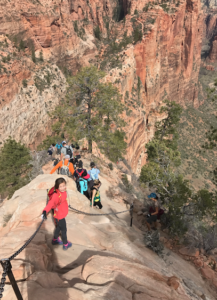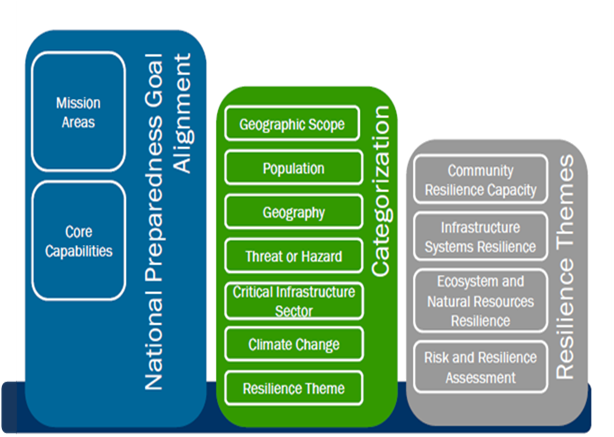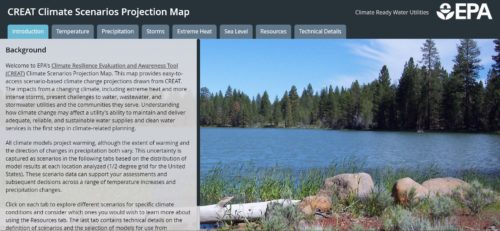Taxonomy (noun) – a scheme of classification
If you were at the recent Midyear conference, you may recall we had a panel of open data experts fielding questions from the audience. Yours truly asked for the microphone and confessed to being “stuck”, since there seems to be no good way to ensure that all of the various open data sites and platforms and cataloging systems can share catalogs to their content, because they don’t use a common set of terms. This seems analogous to every library using their own unique system to catalog their books. That’s probably how libraries started, but we all know that today there are standards in place that make each library a searchable node in an extensive library network. We lack that today for open geodata. Typical open data sites support searchable metadata and keywords or tags as the method for making data discoverable. But since any given dataset can be described in an infinite variety of ways, the current situation supports only a limited (and unpredictable) amount of cross-platform catalog sharing. What we need is a common taxonomy.
Just for fun tonight, I tried a few keyword searches on data.gov. The table below summarizes my results for two popular GIS datasets:


 NSGIC, and spatial thinking in general, are hard habits to break. For those interested in building meaningful state and national digital mapping resources, the camaraderie and synergy of NSGIC conferences, committees, and professional networking is hard to beat.
NSGIC, and spatial thinking in general, are hard habits to break. For those interested in building meaningful state and national digital mapping resources, the camaraderie and synergy of NSGIC conferences, committees, and professional networking is hard to beat. At a State Caucus session during NSGIC’s Annual Conference in Indianapolis last October, we conducted a completely impromptu exercise that produced some interesting, important information. The game was pretty simple. Take one of the ubiquitous hotel notepads and fill in the blank: “What I need most from NSGIC is _______.”
At a State Caucus session during NSGIC’s Annual Conference in Indianapolis last October, we conducted a completely impromptu exercise that produced some interesting, important information. The game was pretty simple. Take one of the ubiquitous hotel notepads and fill in the blank: “What I need most from NSGIC is _______.” 
